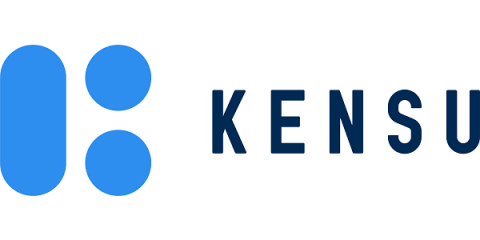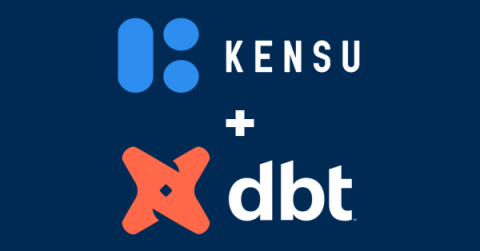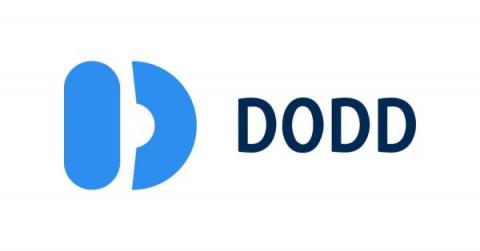Systems | Development | Analytics | API | Testing
Latest Posts
Kensu partners with Collibra to automate data catalog completion
Kensu launches the first Data Observability Community Edition
Kensu.io appoints Eleanor Treharne-Jones as new Chief Executive Officer
Kensu enhances dbt to help data teams with out-of-the-box data observability
In this article, we discuss how you can avoid data pipeline breakdowns thanks to total observability through the use of dbt complemented with Kensu. Data quality problems tend to manifest in many ways. Here is an example.
Fundamentals of Data Observability Driven Development
Before the data era, data engineers and data scientists had few resources, few technologies, and few data to build something from. But they also had little pressure from the business to create new values, and above all, it was easier to find some time to write, check and implement their applications. It had the advantage of better control of quality.
Why Data Engineers, Scientists, and Analysts Need Data Observability.
Data has become the lifeblood of most organizations. Yet, despite using data almost daily to make critical business decisions, few organizations have complete visibility into the health and usage of their data. Moreover, as the acceleration of data usage has increased, so too has the complexity of data systems, increasing the risks of data-related issues and making it even more difficult to identify and resolve issues related to data quickly.
Understanding SLOs Role in Data Quality Management
In our last article, we introduced the topic of SLAs (Service Level Agreements) and how they are necessary within organizations to help both consumers and producers agree on expectations around data usage and quality. Not only do SLAs provide visibility into what needs to be achieved to ensure data reliability and avoid surprises, but SLAs also create communication flows between consumers and producers that help ensure an alignment on expectations.
Why SLAs Are Critical to Ensuring Data Reliability.
As far back as the 1920s, Service Level Agreements (SLA) were used to guarantee a certain level of service between two parties. Back then, it was the on-time delivery of printed AR reports. Today, SLAs define service standards such as uptime and support responsiveness to ensure reliability. The benefit of having an SLA in place is that it establishes trust at the start of new customer relationships and sets expectations.
Data Observability Driven Development | The perfect analogy for beginners
When explaining what Data Observability Driven Development (DODD) is and why it should be a best practice in any data ecosystem, using food traceability as an analogy can be helpful. The purpose of food traceability is to be able to know exactly where food products or ingredients came from and what their state is at each moment in the supply chain. It is a standard practice in many countries, and it applies to almost every type of food product.








